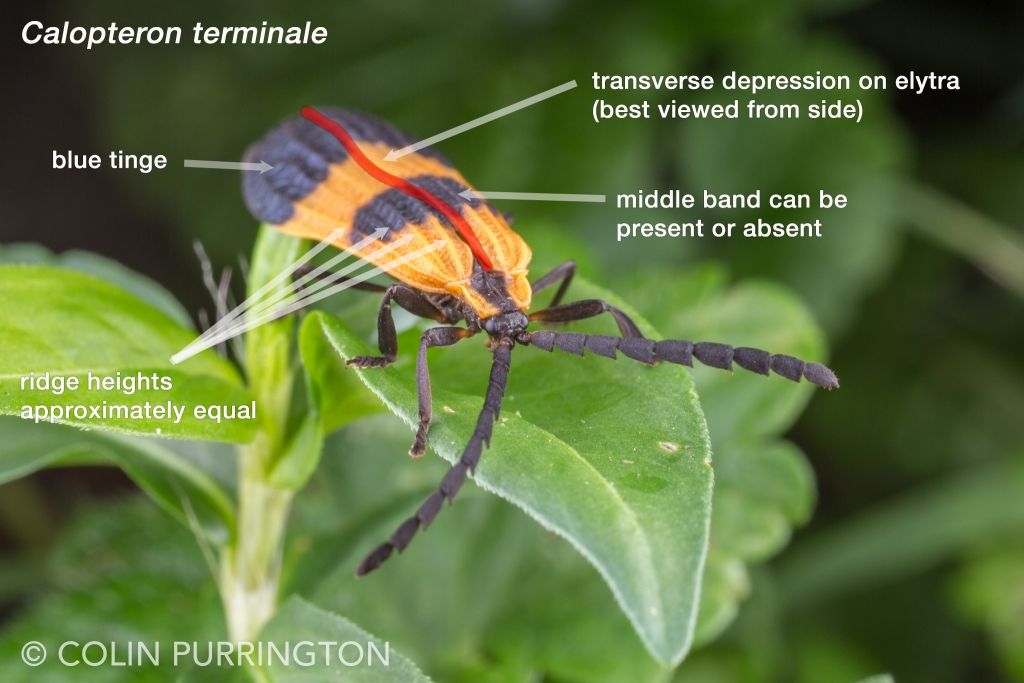My vegetable garden has always been plagued by cucumber beetles, so this year I finally made an attempt at DIY traps, inspired by instructions posted by Lee & Pinero (2016) and Shee (2019). I’m posting details below in case anyone would like to make their own or might be able to suggest improvements.

For the traps I repurposed some Spartan Mosquito Pro Techs and one Spartan Mosquito Eradicator that I had sitting around, first spray-painting the tubes with Krylon Gloss Sun Yellow and the caps with Oleum Spring Green — to emulate yellow flowers subtended by green calyces.
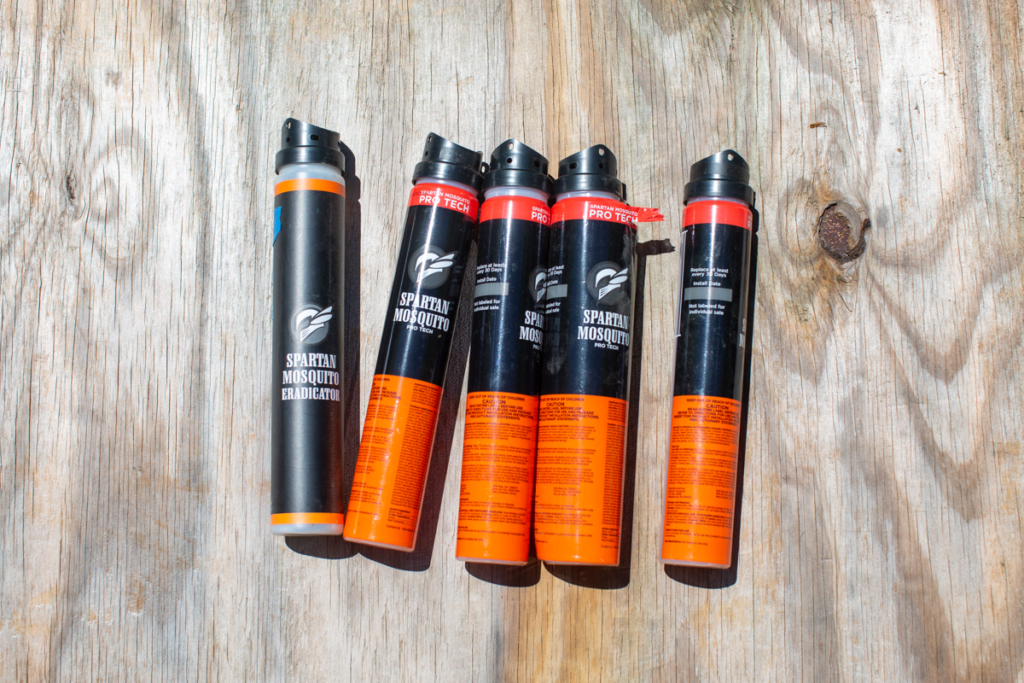
clean and rinse tubes 
Remove labels 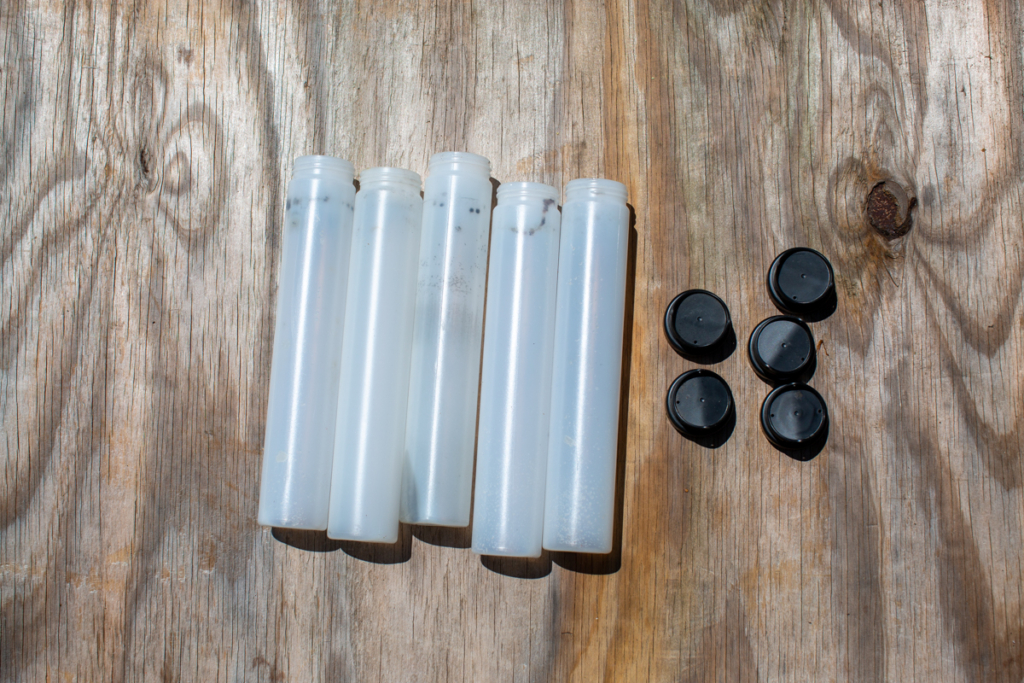
Separate tubes and caps 
Spray tubes and caps
Then I drilled multiple 11/64″ holes in the tube and in the cap (which already had several) to allow entrances for the beetles.
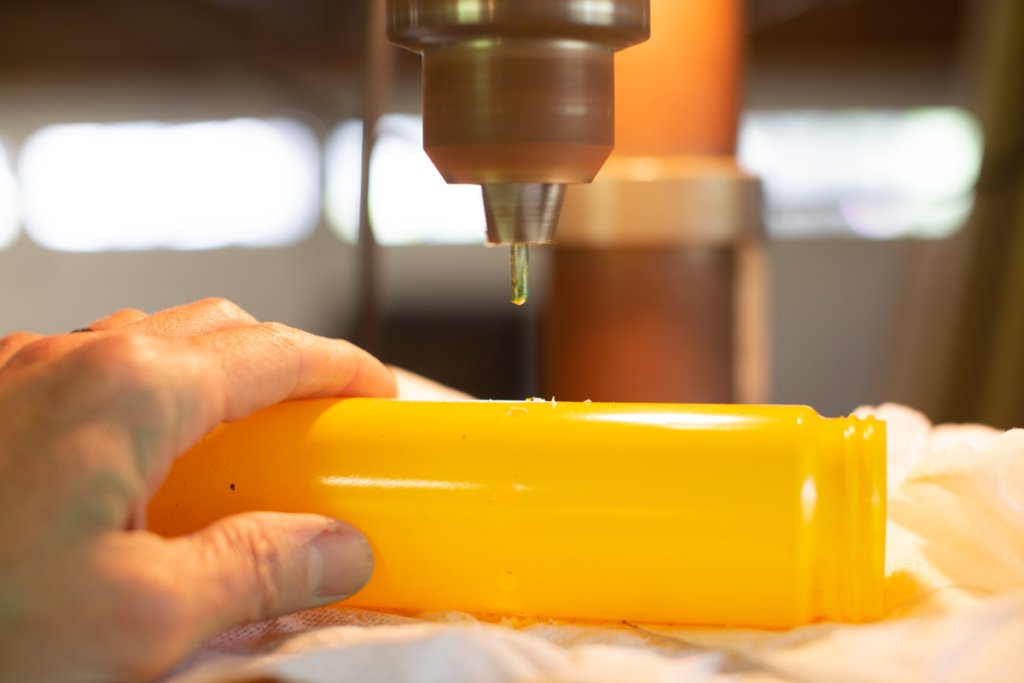
Drill holes in tube 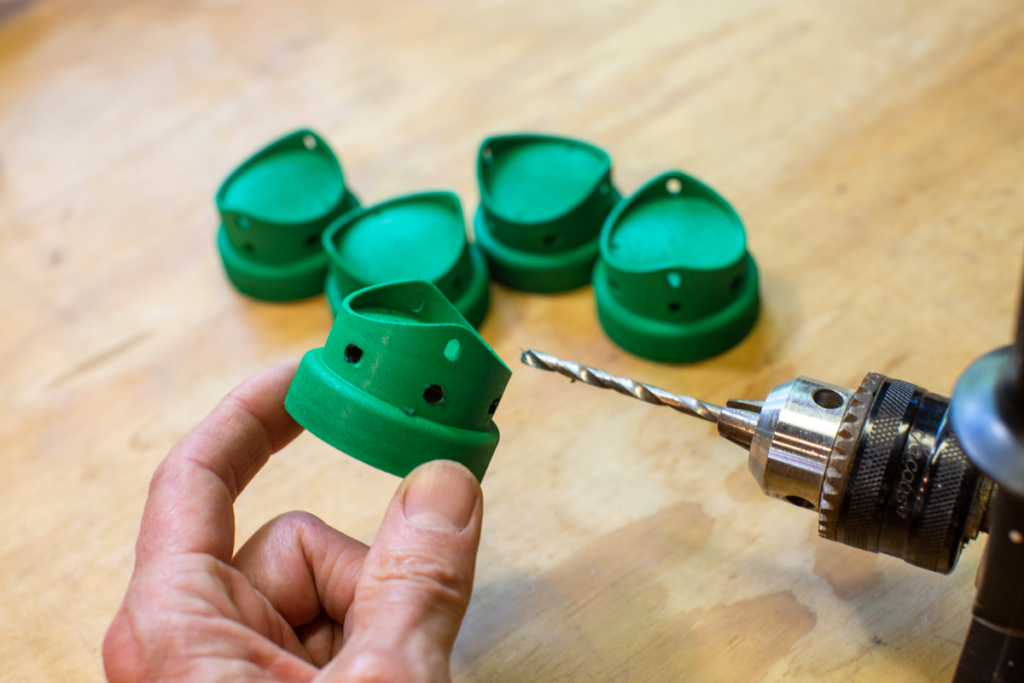
Drill holes in cap
To attract the beetles I purchased a packet of lures made by AgBio, which I cut up into 5 pieces and stuck to strips of yellow sticky cards. These strips were then placed inside the tubes.
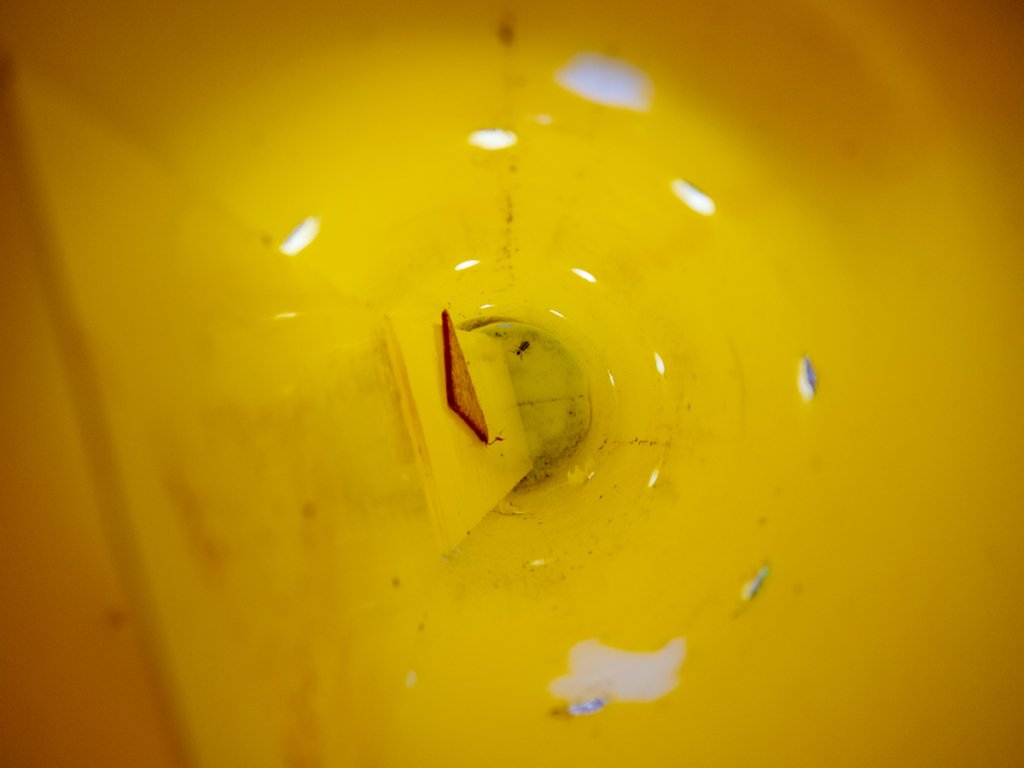
I’ve caught several beetles in each of the tubes, though not the hundreds I was hoping for. All of them were striped cucumber beetles (Acalymma vittatum). Not quite a complete failure, but close.
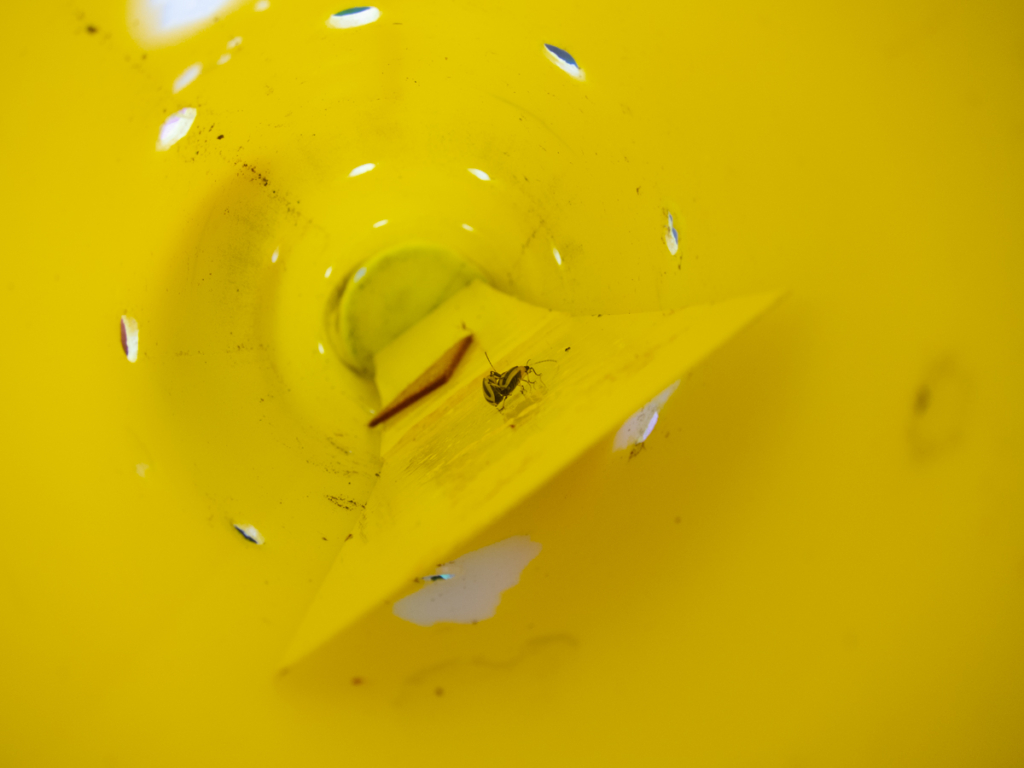
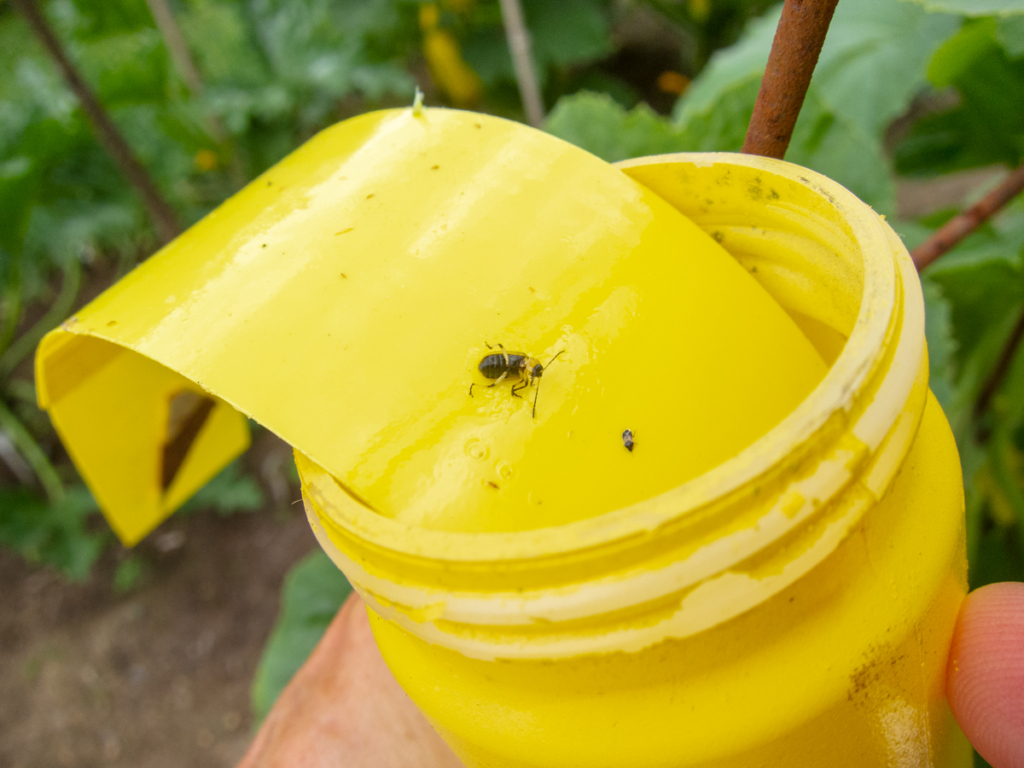
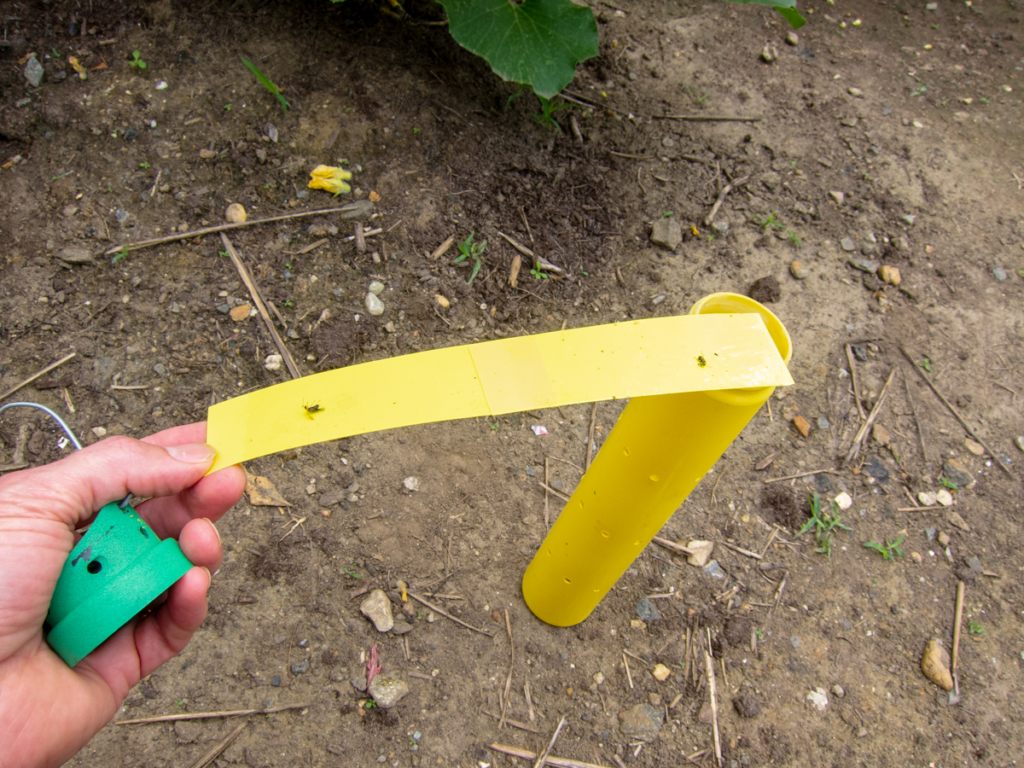

Striped cucumber beetle (Acalymma vittatum)
One likely explanation for the low number of beetles is that cutting the lure into small pieces reduced the attractiveness below some needed threshold. But those lures are so expensive I can’t really stomach using one per tube. What I’d ideally like is a way to use cheaper aromatic oils and scents to make a more affordable lure. I suspect some combination of corn silk oil, cucumber oil, clove oil, etc., would work if I had infinite time to test.
Another possible explanation is the shape of the tube or the number and orientation of the holes, as per discussion in the articles liked above. Perhaps cucumber beetles just prefer gallon milk jugs over thin tubes. Indeed, Shee found that gallon milk jugs seemed to attract plenty of cucumber beetles without even a lure, at least at the start of the season.
If anyone out there has made traps and can offer some suggestions, I’d be grateful.

